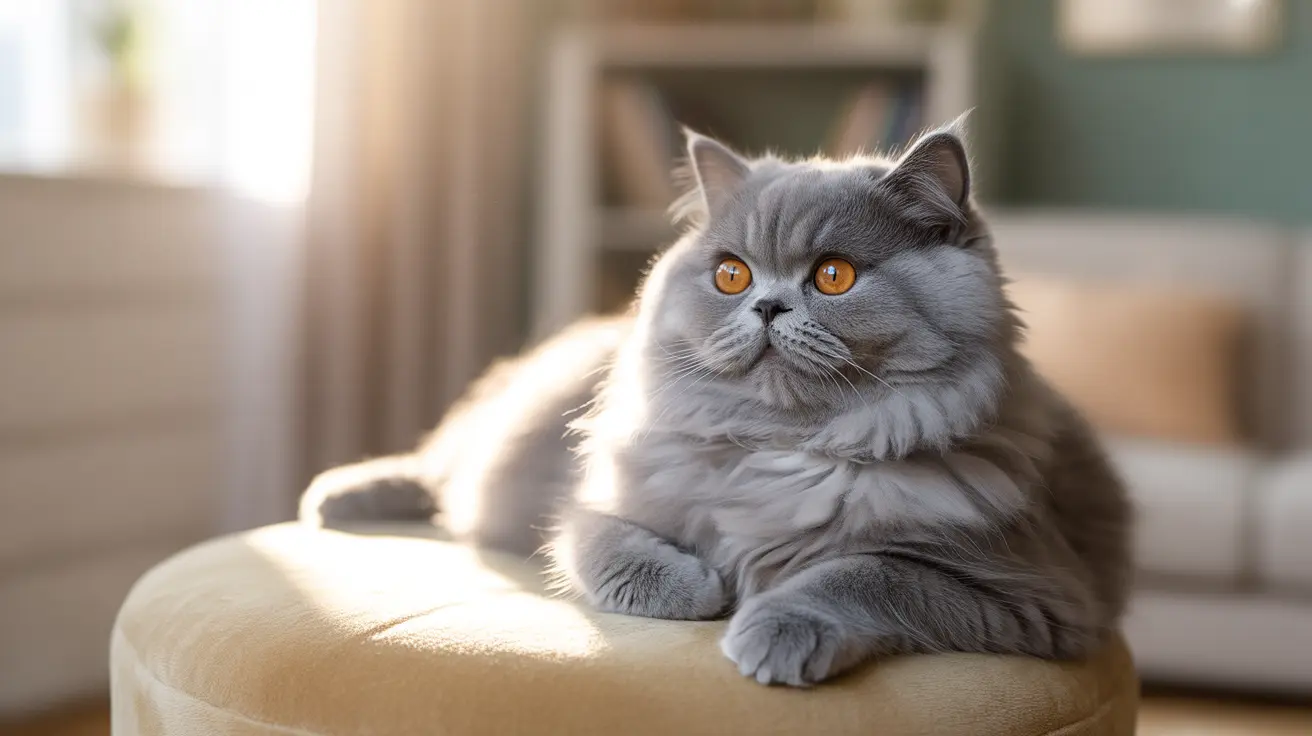What Is a Cat's Third Eyelid?
Cats have a fascinating anatomical feature called the third eyelid, or nictitating membrane, located in the inner corner of each eye. This translucent membrane serves as an additional protective layer for the eye, helping to keep the cornea moist and clear of debris. While usually hidden from view, there are times when this membrane becomes visible – and understanding when this is normal versus concerning can help protect your cat's eye health.
Normal Third Eyelid Visibility
It's perfectly normal to catch glimpses of your cat's third eyelid under certain circumstances. You might notice it when your cat is:
- Just waking up from a deep sleep
- Extremely relaxed or drowsy
- Recovering from anesthesia
- Yawning or blinking deeply
In these situations, the third eyelid's brief appearance isn't cause for concern, as it should quickly retract once your cat becomes more alert.
When to Be Concerned About a Visible Third Eyelid
If your cat's third eyelid remains visible when they're awake and alert, this could indicate an underlying health issue. Common concerning scenarios include:
- Persistent visibility in one or both eyes
- Accompanied by eye redness or discharge
- Associated with squinting or apparent discomfort
- Combined with changes in behavior or appetite
Common Medical Causes
Eye-Related Conditions
Several eye conditions can cause the third eyelid to become visible:
- Conjunctivitis (pink eye)
- Corneal ulcers or scratches
- Glaucoma
- Foreign objects in the eye
- Eye infections
Systemic Health Issues
Sometimes, a visible third eyelid points to broader health concerns:
- Haw's syndrome (often linked to gastrointestinal issues)
- Horner's syndrome (a neurological condition)
- Dehydration
- Upper respiratory infections
- General illness or fever
Diagnostic Process
When you bring your cat to the veterinarian for a visible third eyelid, they will typically:
- Perform a complete eye examination
- Check for signs of infection or injury
- Measure tear production
- Test intraocular pressure
- Evaluate overall health indicators
Treatment Options
Treatment varies based on the underlying cause:
- Antibiotics for bacterial infections
- Anti-viral medications for herpes-related issues
- Surgical correction for structural problems
- Supportive care for systemic conditions
- Fluid therapy for dehydration
Prevention and Monitoring
While not all causes of third eyelid protrusion are preventable, you can help protect your cat's eye health by:
- Maintaining regular veterinary check-ups
- Keeping their environment clean and safe
- Monitoring for early signs of eye problems
- Ensuring proper hydration
- Addressing any health issues promptly
Frequently Asked Questions
Why is my cat's third eyelid showing when they are awake?
A visible third eyelid in an awake cat often indicates an underlying health issue, ranging from eye infections to systemic conditions. If the visibility persists beyond brief moments after sleep, consult your veterinarian.
What common eye diseases cause a cat's third eyelid to be visible?
Common eye conditions include conjunctivitis, corneal ulcers, glaucoma, and foreign body irritation. Each of these conditions requires specific treatment approaches determined by your veterinarian.
Can systemic illnesses like gastrointestinal problems make my cat's third eyelid show?
Yes, particularly in the case of Haw's syndrome, which often correlates with gastrointestinal issues. This condition typically affects both eyes and may resolve as the underlying GI problem improves.
How do I know when my cat's visible third eyelid needs veterinary attention?
Seek veterinary care if the third eyelid remains visible when your cat is alert, if there's accompanying discharge, redness, or discomfort, or if the condition affects only one eye.
What treatments are available for persistent third eyelid protrusion in cats?
Treatment options depend on the underlying cause and may include antibiotics, anti-inflammatory medications, surgery, or supportive care. Your veterinarian will determine the most appropriate treatment plan based on the specific diagnosis.






